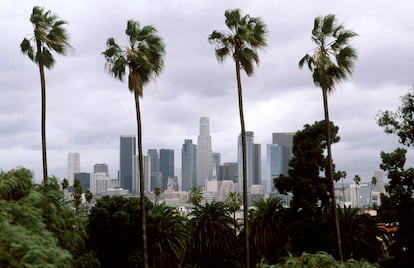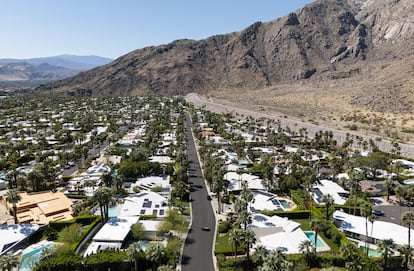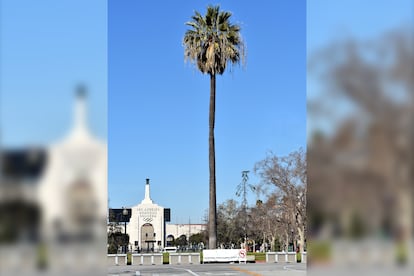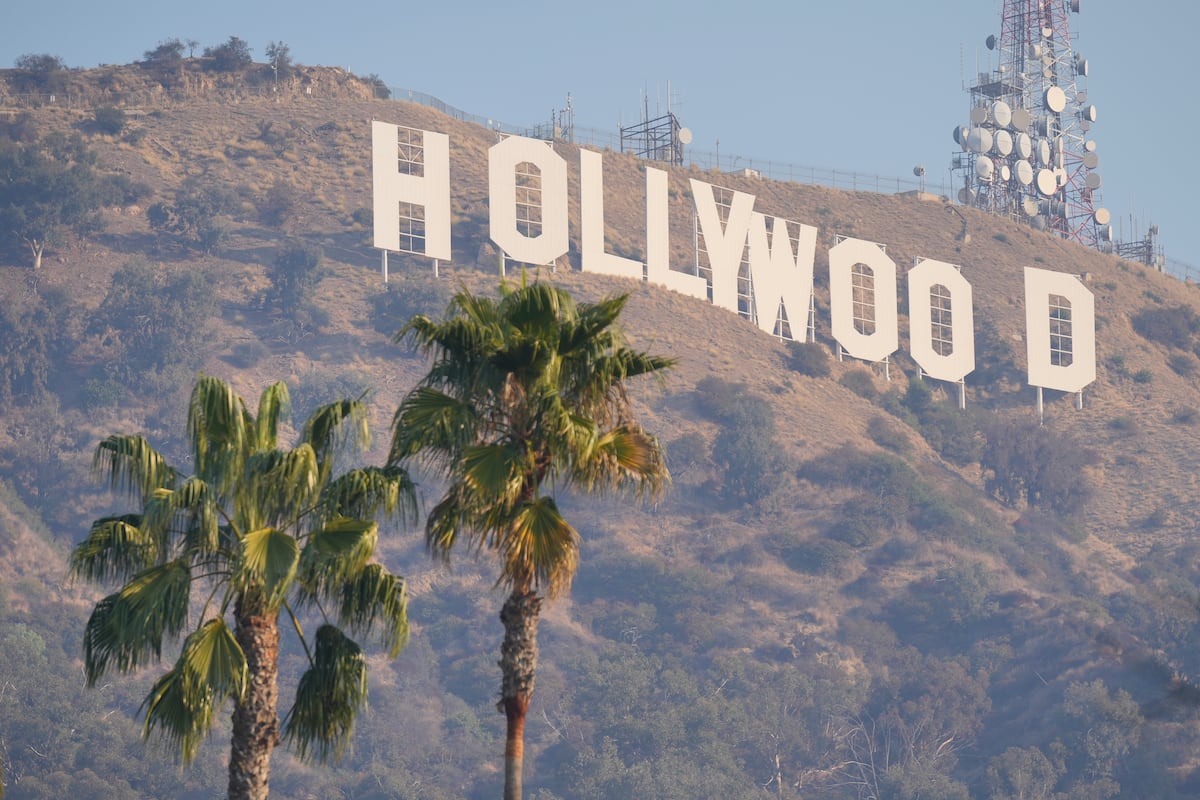Hollywood has portrayed Los Angeles as a city of palm trees. Long streets lined with them, beaches decorated with them, elegant hotels surrounded by them, and convertibles whistling along beneath their shade… or not. Because shade is the crux of the matter. Stylized and aesthetic, palm trees hardly provide any shade, which becomes an issue in times of climate change. They are also expensive to plant and maintain and are forever thirsty. To make matters worse, they are in danger of extinction since palm trees are not endemic to California. They are relative newcomers, like the people who populate L.A.
Although they have adapted to the mild climate of the West Coast, in reality a good part of the city’s palm trees are imported. Many of its varieties were planted during the 19th and 20th centuries. This means they are on their last legs, and the city has to start thinking about the trees it wants going forward. The Los Angeles area has one million trees, the largest forest park of any city in the country, although New York’s is denser.
 View of downtown Los Angeles, California, in March 1991.Bill Nation (Getty Images)
View of downtown Los Angeles, California, in March 1991.Bill Nation (Getty Images)
The city has a roadmap that takes it to 2050. But for 2028, the year in which the Oscars will celebrate their 100th anniversary and the city’s third Olympic Games will be held, decisions have been made. In a report released in August 2021, it was explained that 20% of the shade produced by the city’s trees is afforded to just four neighborhoods. By 2028, the aim is to expand shade by 50%, through support from communities as well as municipal and private funds, for the planting and conserving of large trees, with canopies of least 75 centimeters, which will generally exclude palms.
To reach this goal, investment is needed. And curiously, L.A. invests the least in greenery of all U.S. cities, according to the Los Angeles City Plants program: just $6.3 per person per year. Per tree, this amounts to just $27 a year compared to neighboring San Francisco which invests $78.
 Las Palmas neighborhood in Palm Springs, California, on April 5.Myung J. Chun (Getty Images)
Las Palmas neighborhood in Palm Springs, California, on April 5.Myung J. Chun (Getty Images)
Palm trees are difficult to maintain. Their water consumption is high, their pruning complex, and sometimes they become nests for rats. They also burn easily and generate little shade. But they’re so beautiful that the savvy builders who developed the city in the late 19th century knew they would help sell sunny California to migrants from the East. And in 1932, tens of thousands of Mexican palm trees were planted to cheer the city up for its first Olympic Games. Many of them still survive.
The oldest of all the palm trees, now located in Exposition Park — precisely where the next Games will be held — has moved so many times and is so well known that it even has its own Wikipedia page. It is so old that the workers no longer climb it to prune it but tear its old leaves off from a crane. In 2006, there was a fungal plague that wiped out dozens of palm trees imported in the 18th century, the so-called Canary Islands palms. The disease and the advanced age of these meant that almost half of them became infected – disease being transmitted by pruning tools, it turned out – and many did not survive, especially in iconic areas for tourists and locals such as Melrose Avenue and Beverly Hills.
 Exposition Park, Los Angeles, with the Coliseum in the background.Seauton (Wikicommons)
Exposition Park, Los Angeles, with the Coliseum in the background.Seauton (Wikicommons)
In the 21st century, with the subway system and the airport expanding, and new museums and housing developments being built, many trees have been uprooted and, although two are planted for every one that is removed, the shade takes years to arrive. Not to mention that in 2024, the budget for the Urban Forestry Division, responsible for 700,000 trees, was reduced by $1.1 million, according to the Los Angeles Times.
Debate over the trees is now widespread. Experts complain and clamor for less demanding species, such as the beautiful jacarandas, which dye the streets purple in the spring. But, for now at least, in a monstrous city where it is hard to make decisions, the palm trees continue to feature prominently in postcards and movies.
Sign up for our weekly newsletter to get more English-language news coverage from EL PAÍS USA Edition

